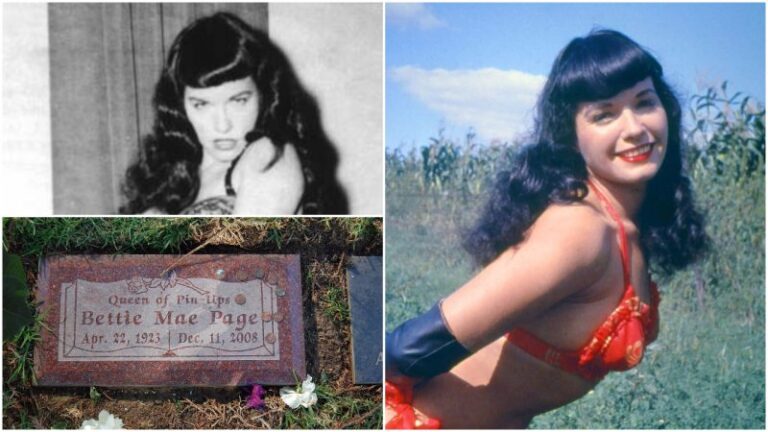The Rise and Fall of the Rufus Buck Gang: A Notorious Tale of Lawlessness
Discover the chilling history of the Rufus Buck Gang, a violent group of mixed-race outlaws whose crimes shocked the Old West, leading to their notorious downfall.
Who Were the Members of the Rufus Buck Gang?
The Rufus Buck Gang emerged during a tumultuous time in the late 19th century. The gang was composed of a mix of African Americans and Creek Indians, making them unique in an era of racial tension and division in the American frontier. Led by Rufus Buck, the gang’s members included Lewis Davis, Sam Sampson, Maoma July, and Lucky Davis. Their story is one of violence, lawlessness, and ultimately, a tragic downfall.
| Name | Role in the Gang | Background |
|---|---|---|
| Rufus Buck | Leader | Mixed-race, Creek heritage |
| Lewis Davis | Member | Creek Indian |
| Sam Sampson | Member | African American |
| Maoma July | Member | Creek Indian |
| Lucky Davis | Member | African American |
The gang operated in Indian Territory, an area rife with lawlessness, and their actions reflected the turmoil of a land not fully governed by any law.
The Violent Crime Spree

The Rufus Buck Gang’s criminal activities began in earnest in July 1895. Their spree of robbery, rape, murder, and assault spanned several weeks and struck fear into settlers and authorities alike. One of the gang’s most heinous acts was the murder of Deputy Marshal John Garrett. This act made the gang infamous, further raising the stakes in their eventual capture.
Their motivation seemed to stem from a blend of personal gain and social revenge, seeking to reclaim land and rights for their people. However, their extreme actions led many to see them as no more than brutal criminals.
“Their spree was brief but intense, leaving behind a trail of blood and terror in the Old West.”
(Source: Wikipedia page on Rufus Buck Gang)
Why Did the Rufus Buck Gang Turn to Crime?
The motives behind the Rufus Buck Gang’s actions have long been debated. Some historians believe that their crimes were politically motivated, a rebellion against white settlers encroaching on Indian Territory. Others argue that the gang was driven by pure greed and bloodlust.
It’s likely that a combination of factors led to their criminality:
- Frustration with social and racial injustice.
- Desperation in a lawless environment.
- Revenge against white authorities who displaced their people.
Regardless of their motives, the Rufus Buck Gang became one of the most feared groups in the region.
The Manhunt for the Rufus Buck Gang
The gang’s reign of terror came to an end after one of the largest manhunts in the Old West. U.S. marshals and lawmen from across the region were determined to capture them, as public pressure mounted. The Rufus Buck Gang was known for their ability to evade capture, but after weeks of intense pursuit, they were finally apprehended.
One of the reasons for their capture was the use of informants and rewards offered for their heads. These tactics, combined with relentless law enforcement efforts, eventually led to the gang’s downfall.
The Capture and Trial of the Rufus Buck Gang

The capture of the gang led to a highly publicized trial. The Rufus Buck Gang was sentenced to death after being convicted of multiple crimes, including murder and robbery. Their trial was a spectacle, as the media focused on the racial dynamics and the brutality of their actions.
The trial also highlighted the biases of the time. Being a mixed-race gang meant that their criminal acts were sensationalized and often seen through the lens of racial prejudice. The public, outraged by their heinous deeds, demanded swift justice.
The Execution of the Rufus Buck Gang
On July 1, 1896, the Rufus Buck Gang was executed by hanging. The public execution drew a large crowd, eager to witness the demise of one of the Old West’s most feared groups. The gang’s final moments were marked by defiance, with reports suggesting they showed little remorse for their actions.
Their execution was seen as a warning to other outlaws, signaling that law enforcement was capable of dealing with the rampant crime in Indian Territory. However, the gang’s infamy only grew after their death, as their story became part of the folklore of the Old West.
Legacy of the Rufus Buck Gang
Despite their short-lived criminal career, the Rufus Buck Gang’s legacy continues to live on. Their story is frequently retold in books, films, and documentaries about the Old West, and they have become a symbol of the lawlessness and racial tensions of the time.
Some view them as tragic figures, driven to crime by circumstances beyond their control. Others see them as ruthless criminals who brought chaos and fear to the region. Regardless of interpretation, the Rufus Buck Gang holds an enduring place in American history.
Myths and Misconceptions Surrounding the Rufus Buck Gang
Over the years, many myths and misconceptions have arisen about the gang. In popular culture, they are sometimes romanticized as rebellious outlaws fighting against an unjust system. However, the reality of their violent crimes is far from the heroic image often portrayed.
Additionally, some stories suggest that the gang had deeper political motives or ties to larger movements, but there is little evidence to support these claims. In truth, the Rufus Buck Gang was a product of its time—formed by individuals with complex, but ultimately destructive, motivations.
The Importance of Studying the Rufus Buck Gang Today
The story of the Rufus Buck Gang offers important lessons for modern discussions about race, justice, and criminality in the U.S. The gang’s history sheds light on the social dynamics of the post-Reconstruction era, where race relations were fraught and justice was often unevenly applied.
By studying the Rufus Buck Gang, we can gain a deeper understanding of the complexities of racial identity in the American West and the ongoing struggles for equality and justice.
FAQ
Who led the Rufus Buck Gang?
The Rufus Buck Gang was led by Rufus Buck, a mixed-race man of African American and Creek Indian descent.
What were the main crimes committed by the Rufus Buck Gang?
The gang committed robberies, murders, and rapes during their crime spree in Indian Territory.
Why is the Rufus Buck Gang important in history?
The Rufus Buck Gang represents a significant chapter in the history of racial tensions and law enforcement in the Old West, highlighting the struggles of mixed-race communities.
References:
- https://www.historydefined.net/rufus-buck-gang/
- https://en.wikipedia.org/wiki/Rufus_Buck






